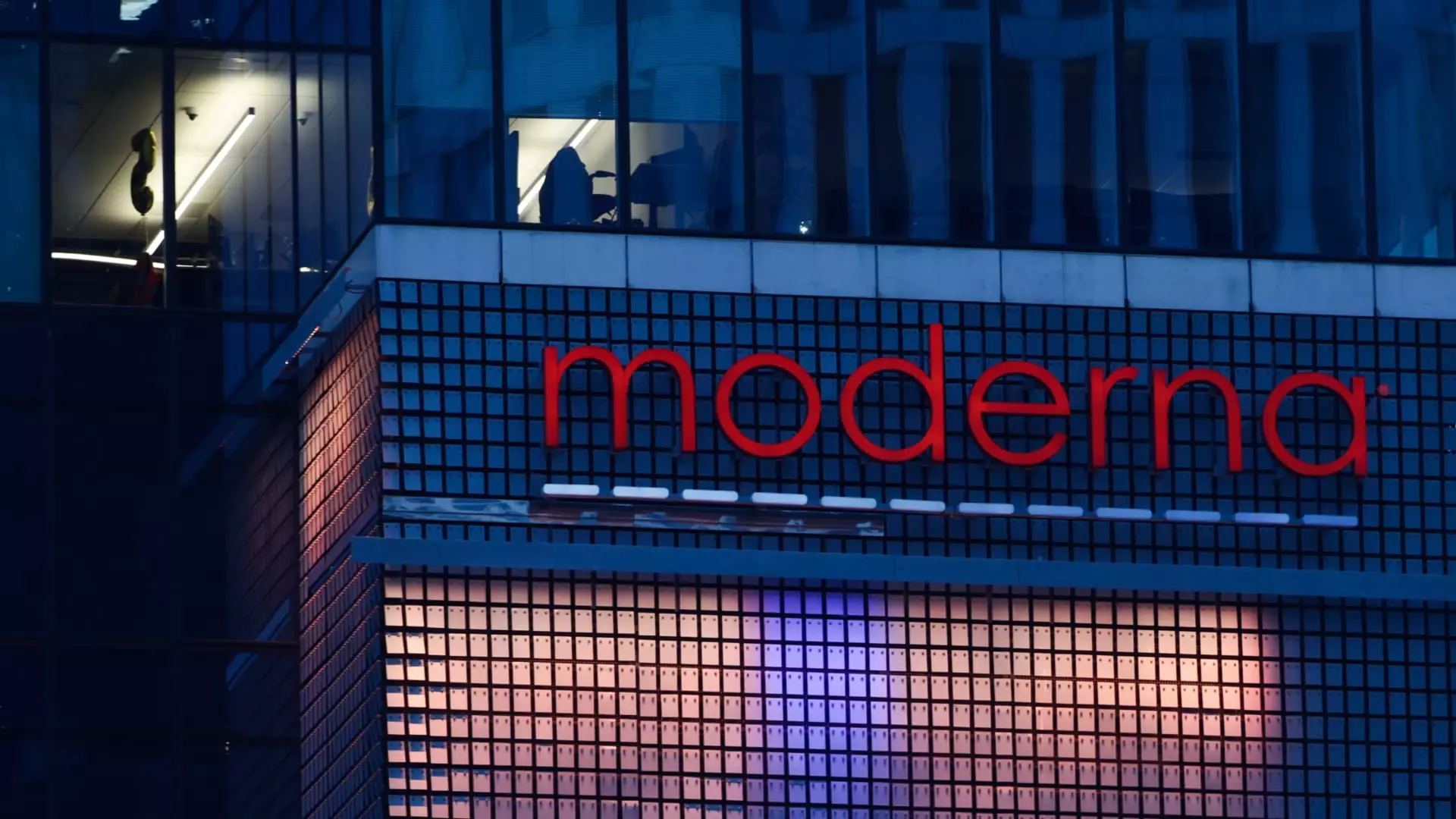Moderna’s recent announcement that its experimental flu vaccine demonstrated a strong response in late-stage trials signals a renewed vigor in biotech innovation. The company’s ability to push forward not only a standalone flu vaccine but also a combined Covid-flu shot could revolutionize the vaccine market and public health approach. This breakthrough isn’t just a win for Moderna shareholders—it’s a pivotal moment that challenges traditional vaccine distribution models. From a center-right liberal perspective, this highlights the importance of fostering private sector innovation paired with pragmatic regulatory oversight. Rather than excessive government intervention, the market’s rewarding of effective R&D should be applauded as the engine of progress.
Big Tech Deals: HPE and Juniper’s Acquisition Journey
The court’s favorable settlement for Hewlett Packard Enterprise (HPE) in the $14 billion Juniper Networks acquisition lawsuit is a textbook case of the complexities inherent in mega-deals within the tech industry. What stands out is the DOJ’s initial resistance—reflecting broader anxieties about monopolistic practices—but the eventual settlement indicates recognition of the competitive landscape’s realities. The market’s sharp 14% and 8% rallies for HPE and Juniper, respectively, arguably underscore investor confidence that consolidation may bring needed efficiencies and innovation. Yet, this should not turn into a carte blanche for unchecked mergers. Thoughtful antitrust scrutiny remains vital, but the reflexive “bigger is bad” mindset hampers bold American businesses competing on a global scale.
Meta’s AI Gambit: Recruiting Talent for Tomorrow’s Tech Wars
In an aggressive talent acquisition move, Meta snapping up four AI experts from OpenAI to lead its “Superintelligence” group reveals the intense competition to dominate artificial intelligence. This isn’t mere corporate jockeying; it’s a strategic battle for technological supremacy that could reshape economies and geopolitical power. From a center-right standpoint, the interplay of private innovation and ethical responsibility here is critical. We must champion these private initiatives while ensuring laws evolve to address AI’s societal risks without stifling creativity. Meta’s 2% stock gain reflects investor faith in such ventures’ long-term rewards despite ongoing public skepticism.
Market Maneuvers: GMS, Palantir, and Accenture Seizing Opportunity
Several quietly impactful moves merit attention. GMS’s 11% surge following Home Depot’s $4.3 billion acquisition bid signals strategic consolidation within the construction supply sector, emphasizing scale’s importance in a competitive retail landscape. Meanwhile, Palantir and Accenture joining forces to automate federal government operations through AI heralds a new era of public-private partnerships. Such collaborations align with center-right advocacy for efficient government that leverages private sector ingenuity without bloated bureaucracy. Modest rises in their shares reveal cautious optimism among investors focusing on the fusion of technology and governance.
Entertainment and Energy: Walt Disney’s Resilience vs. Tesla’s Struggles
Disney’s upgrade to “buy” captures a rare beacon of stability in a turbulent media and entertainment industry. Jefferies’ prediction that parks and cruise operations will rebound, especially with upcoming ship launches, reflects savvy positioning in leisure and consumer confidence. Contrastingly, Tesla’s modest 1% share decline amid looming legislative threats exemplifies the fragility of the clean energy narrative under shifting political winds. The recent passage of President Trump’s spending bill, accelerating the phase-out of clean energy tax credits, is a stark reminder that market incentives are often at the mercy of policy changes. Here, a center-right liberal critique would advocate for consistent, long-term energy policies that balance innovation incentives with market realities, avoiding disruptive reversals that deter private investment.
—
These seven market movements collectively paint a picture of an economy grappling with powerful technological shifts, evolving regulatory landscapes, and persistent policy uncertainty. Investors and policymakers alike would do well to embrace innovation pragmatically and understand the nuanced interplay between government action and market forces.

